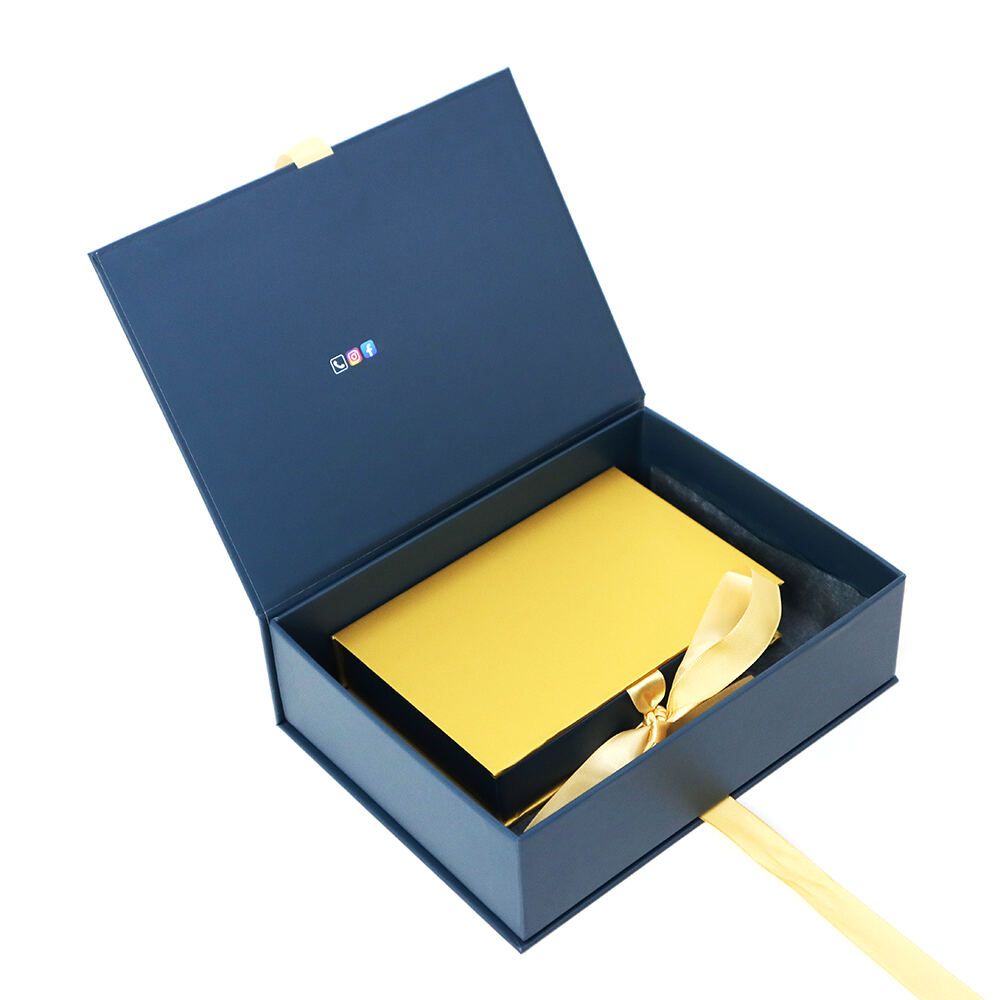Jewellery box design is a meticulous process that combines functionality, aesthetics, and brand representation to create packaging that meets the specific needs of the jewellery industry. The design journey begins with a comprehensive understanding of the jewellery products that will be housed within the box. Factors such as the type of jewellery (rings, necklaces, bracelets, etc.), their size, shape, and value, as well as any unique features, are carefully considered. For example, delicate necklaces may require long, narrow compartments with soft linings to prevent tangling, while large, statement rings may need spacious, cushioned slots. Material selection is a critical aspect of jewellery box design. Rigid cardboard is often used as a base material due to its strength and versatility. It can be laminated with various papers or fabrics to achieve different looks, from a smooth, glossy finish for a modern aesthetic to a textured, natural - looking surface for a more rustic feel. Wood, especially in the form of fine veneers or solid blocks, adds a touch of luxury and warmth, making it suitable for high - end jewellery. Leatherette and synthetic leathers are also popular choices for their durability and ability to mimic the look and feel of real leather. The interior design of a jewellery box is focused on providing optimal protection and organization for the jewellery. Plush materials like velvet, satin, or suede are commonly used for linings as they are soft and gentle on the jewellery, preventing scratches and damage. Custom - cut foam inserts or trays with precise compartments ensure that each piece of jewellery has its own secure place. The design may also incorporate features such as removable trays for added flexibility or hidden compartments for storing small accessories. Exterior design elements play a significant role in brand communication. Logos, brand colors, and unique patterns are integrated into the design through techniques such as embossing, debossing, foil stamping, or digital printing. The choice of closure mechanism is another important design consideration. Magnetic closures offer a secure and seamless opening experience, while clasps, hinges, or drawstring closures can add a decorative and functional element. In addition, sustainable design practices are increasingly being incorporated into jewellery box design. This includes using recycled materials, minimizing packaging waste, and designing for recyclability. Overall, jewellery box design is a harmonious blend of practicality and artistry, aimed at creating packaging that not only safeguards precious jewellery but also enhances the brand's image and the customer's unboxing experience.
